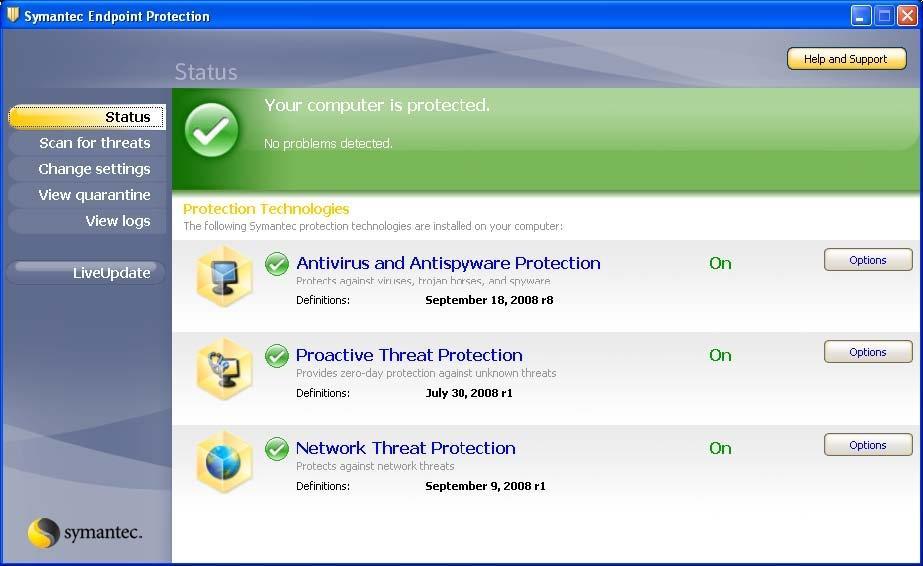
Ping works, and I do not think it is a network issue.


However, the client still does not appear in SEPM. I ran cmd as admin and ran RepairClonedImage.exe -v. The SEP should be compatible with the Win10, according to Now E (the other Win10 machine) appeared correctly in SNMP. Hoping that this would change the hardware ID. I removed SEP from U, downloaded newest SEP (version 14.2.770.0000) and installed it, and read the communication file into it so that it should know how to find SEPM. Yesterday I was at the customer and now none of the two machines were visible in SEPM. This problem was never solved, for lack of interest at the customer. They only appeared in SEPM one at a time. So I am pretty sure the two new machines ended up with identical SEP hardware ID. 6 months ago a junior computer guy used an image to set up two new machines, without preparing the image properly. Our domain is at the Windows 2008 R2 functionality level and the PC I have been testing with is a Windows 2003 server computer.The customer has SEPM .0000 running on a Win 2008R2 server (also a DC). So, I believe I have created the GPO properly, but the software is not installing and I am not sure how to proceed with troubleshooting this issue. I followed the instructions at to setup a log file for the windows installer in an attempt to troubleshoot what might be going on, but I did not find logfiles in either of the locations that article said they could be. I expected that the software would automatically install, but so far I have not seen it do so.

Then I logged on to the other test computer and ran gpupdate /force. I then created a security group called DeploySymantecEndpoint and added my computer and one other test computer to that group, and followed KB article 302430 to restrict the software installation GPO to only apply to computers that are in this security group. I also created a new GPO, linked it to the domain root and created a new software installation item under the Computer Settings>Policies>Software Settings>Software Installation which points to the UNC path of the.

msi file in it and verified that the everyone group has read and execute access to it. I've created a distribution share, placed the. I am following MS KB article 816102 to set up group policy software deployment. My company recently purchased licenses for the Symantec Endpoint Protection.cloud product and we are trying to deploy it using group policy.


 0 kommentar(er)
0 kommentar(er)
